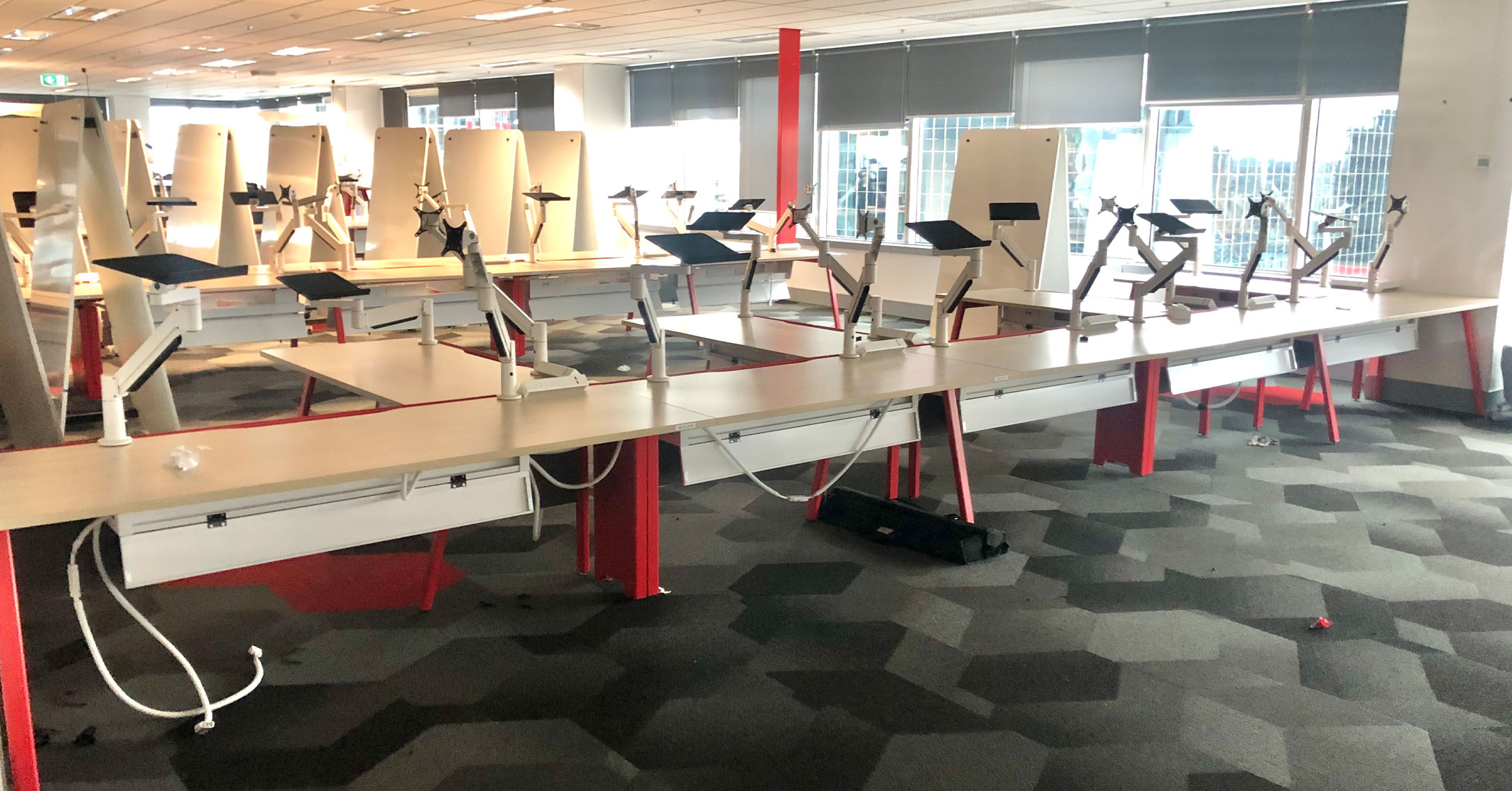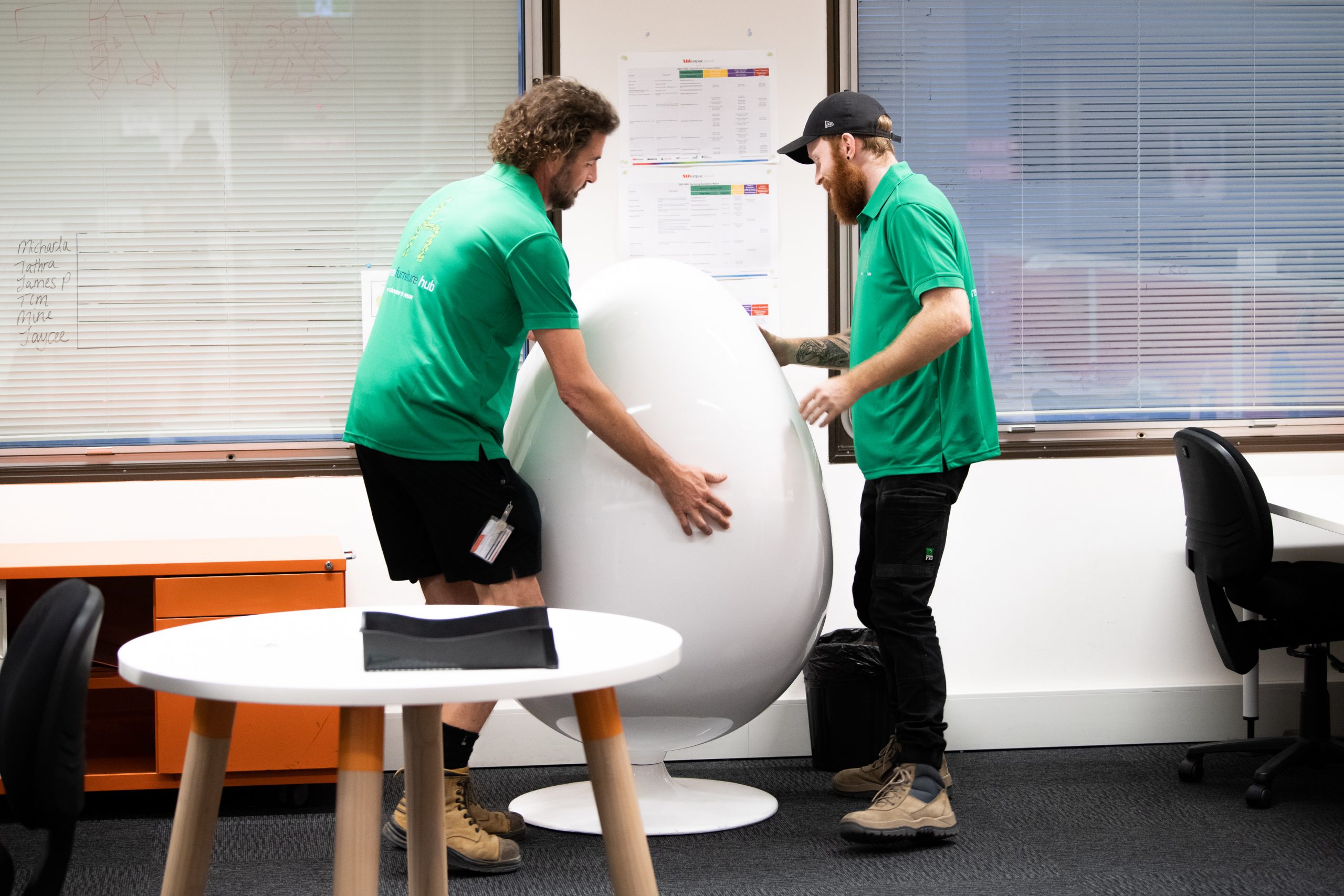Our ‘Top 5’ communication tips when relocating.


Making the complex move go smoothly, is what we do.
As we transition into post-pandemic times, many businesses are reconsidering their office accommodation and workplace strategies. On the positive side for us, this change means increasing office relocations!
Having managed more than 12,000 move projects in the last 18 years (this makes us tired just thinking about it), we’ve seen it all. But we can also offer insights into what makes a move successful for a business and its staff. Aside from a well-thought-through project plan and quality relocation partner (nudge, nudge), the difference is the client’s staff communication program. So, what have we seen done well, and what are some tips we can offer on this front?
Tip #1 – Engage and communicate early
- Most people are better at processing change when they understand the context. Get on the front foot with staff by pitching and communicating the ‘why’ you are moving. Ensure staff are aware of the business case and the strategic benefits the new office premises will bring – at the organisational level and individual staff experience. For example, as part of this phase, we often see corporate clients set up a ‘hub’ with artist renderings of how the new office layout will appear. There may also be sample furniture items, such as a new desk and chair setup, or breakout area, so staff can experience and feel aspects of the new fit-out.
Tip #2 – Provide updates as the project progresses
- Surprises are great if you like the surprise. While your project team can be super busy with the new fit-out program or relocation planning (often juggling the project on top of their day jobs), let staff know of the milestones or any exciting developments. Examples are all-staff updates about the new facilities or the builder’s progress at the new premises. This communication will build the picture in the minds of staff – creating excitement that the new office is becoming a reality and that positive change is around the corner. It’ll also help staff prepare for new ways of working that may be required.
Tip #3 – Communicate ‘change training’ opportunities
- Speaking of change to work habits, provide staff with the necessary training or tips if there will be changes to storage space, desk arrangements, IT setups, onsite parking, etc. Advise staff on how to manage the new environment best or provide tips in advance of the move rather than waiting just before or even after you arrive at the new premises.
- On one project, the client had set up a room in their existing office to show how the new IT setup would work in an agile environment. The staff loved it as they could check how their laptops would plug into the setup and function with dual monitors.
Tip #4 – Hold a pre-move communication briefing
- Unless your office is agile, staff will likely bring some work belongings to the new premises. To make sure it all turns up at the correct work point, clearly communicate how you want staff to label and pack their items, and importantly by when. Your relocation partner can brief staff or the Move Team on how to do this and provide the tools to make this task easy. For example, on one significant move project, one of our Project managers was invited to an all-staff town hall where he presented to more than 500 staff and advised them on the process they should follow when packing items.
- Another communication activity that clients undertake in this phase is reaching out to external stakeholders. Let your suppliers and customers know that you are moving, by when, and the office’s access details. This communication is essential if you receive regular deliveries via your building’s loading dock. If you have a Comms Manager or team, no doubt they will have an audit of all the company’s touchpoints that reference your office address. This tip sounds obvious, but forgetting to update these details can be overlooked as things get busy leading into the move day.
Tip #5 – Ensure your project plan covers post-move comms and support
- Help staff get settled, and be sure to communicate that there is a support channel in place should there be an IT issue, missing belongings, or adjustments to furniture layouts. For example, on significant moves, we often have a couple of our move staff onsite for a few days following the relocation who report to the change or project team and assist with any tasks that help with the settling-in process.
- Lastly, but not to be understated, welcome staff to the new office. A desktop surprise, welcome signage or screen saver deployed on the intranet and having the CEO or the senior leaders welcome staff on the first day in person all go a long way to building a positive environment from the get-go.
Ohh, and importantly, communicate the time of celebratory drinks and nibbles that officially welcome staff to the new office!
So, there you have it. Five communication tips that will help set your move up for success.
 1300 35 36 37
1300 35 36 37






